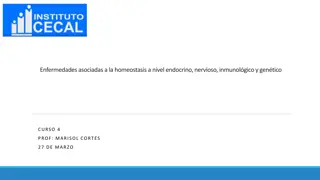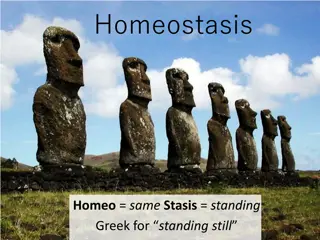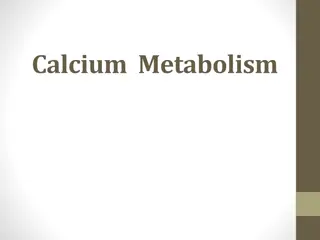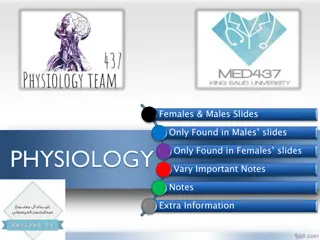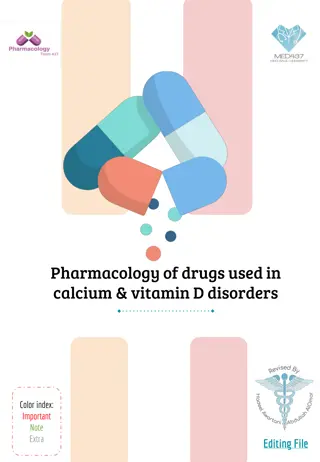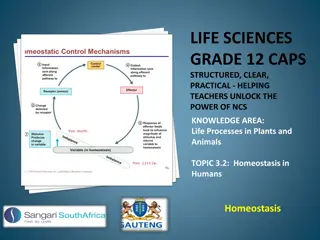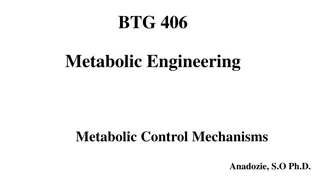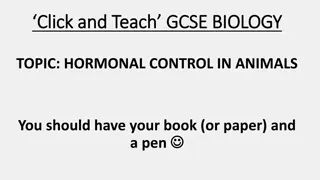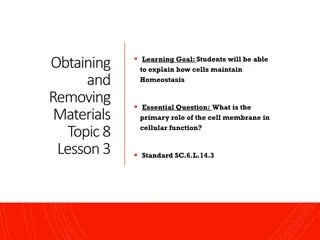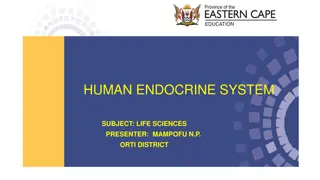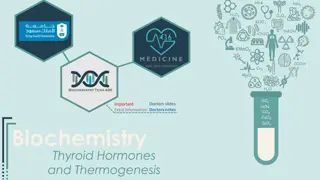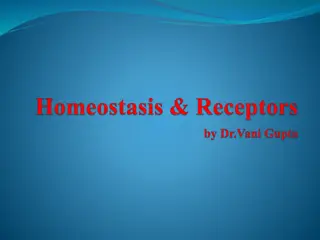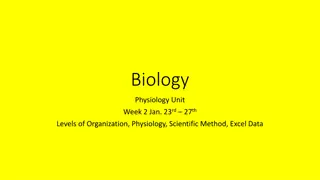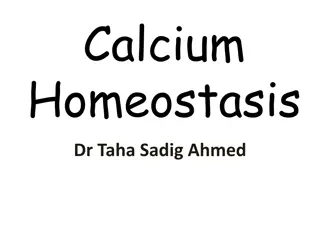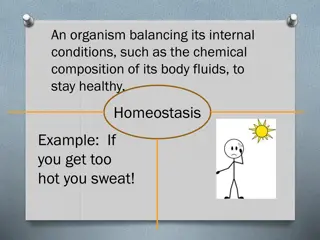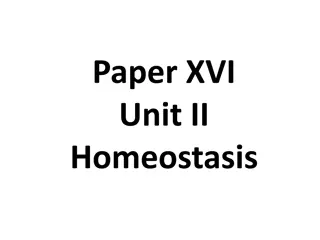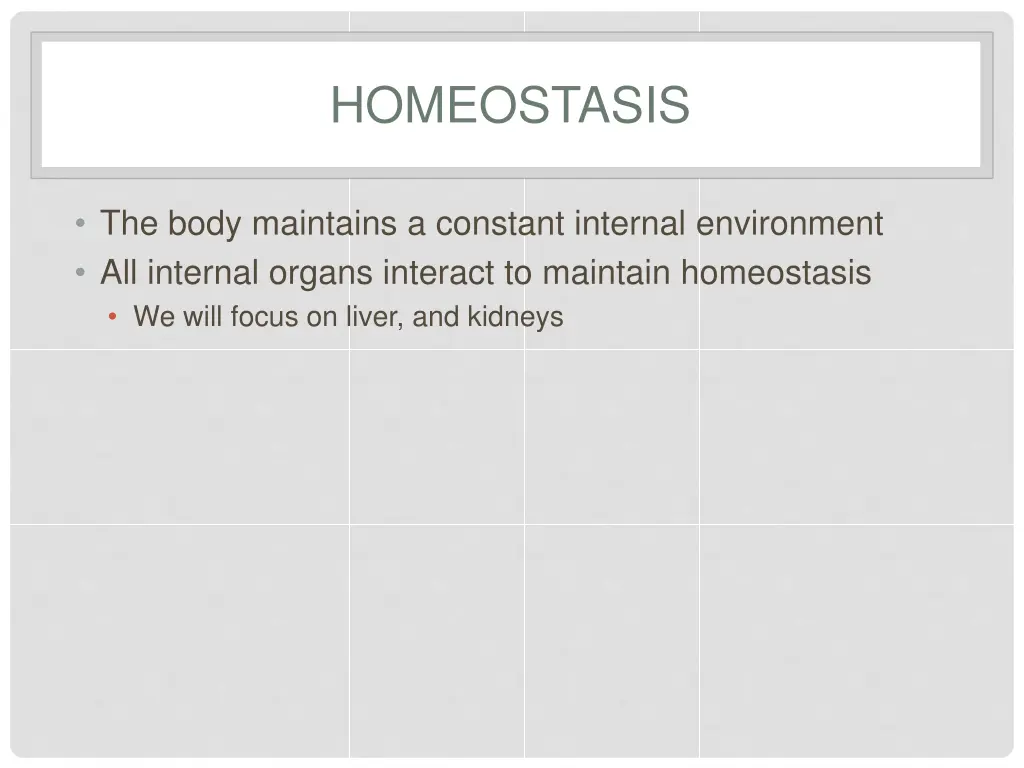
Liver, Kidneys, and Homeostasis in Human Physiology
Explore the structural details and functions of the liver and kidneys in maintaining homeostasis within the body. Learn how these vital organs regulate blood composition, store glucose, produce urea, filter waste, and maintain internal balance. Dive into the experiments and processes that showcase the intricate roles of the liver and kidneys in human biology.
Download Presentation

Please find below an Image/Link to download the presentation.
The content on the website is provided AS IS for your information and personal use only. It may not be sold, licensed, or shared on other websites without obtaining consent from the author. If you encounter any issues during the download, it is possible that the publisher has removed the file from their server.
You are allowed to download the files provided on this website for personal or commercial use, subject to the condition that they are used lawfully. All files are the property of their respective owners.
The content on the website is provided AS IS for your information and personal use only. It may not be sold, licensed, or shared on other websites without obtaining consent from the author.
E N D
Presentation Transcript
HOMEOSTASIS The body maintains a constant internal environment All internal organs interact to maintain homeostasis We will focus on liver, and kidneys
LIVER STRUCTURE Two lobes Right is larger Divided into lobules Contain hepatic cells Hepatic vein: transport O2 poor blood out Hepatic artery: transports O2rich blood in Hepatic portal vein: transport blood with nutrients from intestines to liver Bile duct: transports bile to gallbladder
LIVER AND HOMEOSTASIS Regulates blood composition Stores glucose as glycogen Creates the nitrogenous waste urea With high blood glucose levels, pancreas secretes insulin Liver takes up glucose and stores as glycogen With low blood glucose levels, hormone glucagon breaks down glycogen releasing glucose
EXPERIMENT We will test three different blood vessels involved in digestion/storage for glucose: Hepatic vein Hepatic portal vein, Mesenteric artery (leads to the intestine). We will test each before and after eating Form a hypothesis: Which blood vessel would we expect to have high glucose levels before eating? After?
BENEDICTS TEST Needs to be heated for 5 minutes Wear goggles. Benedict s turns from blue to a red color in the presence of glucose Blue green yellow orange red
KIDNEYS Filtering organ of our body Produce urine (nitrogenous waste) Get rid of excess water and salts (osmoregulation) Maintain pH
NEPHRON: FUNCTIONING UNIT Filters water and salts and sugars from the blood Does not remove blood cells or proteins
KIDNEY FUNCTION: 4 PROCESSES Filtration: Bowman s capsule: molecules move out of glomergulus into capsule Reabsorption: in proximal tubule Glucose and amino acids get reabsorbed Secretion: Certain substances, like histamines, H + and ammonia get secreted into nephron tube from peritubular capillaries Water reabsorption: Loop of Henle and collecting duct
KIDNEY FUNCTION: OSMOREGULATION Salt and water balance Hormone: ADH from pituitary gland Changes permeability of the collecting duct Can absorb more of less water as a result
KIDNEY FUNCTION: PH Can remove excess acids (H+) or bases (bicarbonate) through urine production H++ HCO3 H2CO3 CO2+ H2O

